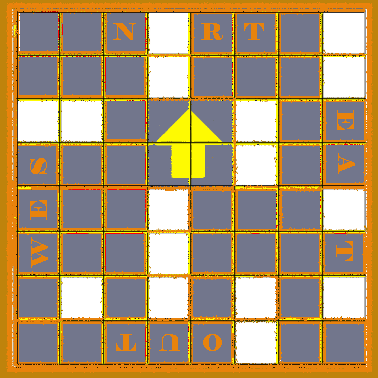I’ve been invited to join Google+, but every time I try to join I get the message that Google has “temporarily exceeded our capacity.” So fine. I’ll be patient.
In the meantime, I’ve been reading up on the service. The most fascinating part of it to me is Google Circles, a kind of proto-VRM social graph management feature. Circles lets you define relationships between your contacts so that you can tune your messages and sharing appropriately. Maybe you want to share your pictures of your kids with grandma and grandpa, but not with your drinking buddies. Circles helps you keep those groups straight.
On this week’s Hypercritical podcast, John Siracusa pointed out one potential problem with this feature: the interface is cute and effective for groups of 12 or less, but a bit unwieldy for the larger circles of dozens or hundreds you might want to put together for, say, professional networking.
And Sarah Perez at ReadWriteWeb points out another important usability issue with Circles (and, by extension, any relationship management application): administrative overhead. She points out that your relationships with people may change over time due to things like changing jobs. The group of people that yesterday you categorized as “work colleagues” are today “acquaintances”, or something similar.
Or, as Perez says, virtual relationships can become real, as when we meet someone we’ve been following on Twitter:
But what about when one of those people becomes a real-world friend? Maybe you first run into them at a conference, putting a face to a name. They’re now an “Acquaintance.” Later, you spend a night out on the town with them, and realize you have a lot in common. You make plans to see each other again, at a non-work event, perhaps. This person has become a “Friend.” Depending on how your Google Circles are set up, you may have had to drag-and-drop them into multiple different circles over time, as this relationship changes.
How many people do you have in your address book? Let’s say your Google+ Circles include the 150 people that Dunbar says we can maintain stable social relationships with. How much time do you think it would take you to review each of them and make sure that they’re organized into the right groups in Circles? And how often would you have to look at that list to make updates? And what if you were to add in people on the fringes – people you might be acquainted with, but don’t interact with on a regular basis?
This administrative overhead would be a deal killer for most normal humans. Very few people will want to take the time to maintain this relationship graph on a regular basis. If you’re, say, a real estate agent, keeping up with your contact list is a critical business activity. But when you’re off the clock, personal contact administration is just a chore, and ignoring that chore can have consequences. If the tools you use to interact online expect you to have a continually pruned and up-to-date relationship graph, the risk of exposing information to the wrong group of people is higher when you don’t meet that expectation.
The implication of this observation is that either the tools have to do a lot more to help you manage these changing relationships automatically – perhaps by analyzing where you are, who you’re with, and what sort of messages you send via email, twitter, IM, etc. – or our personal relationship management tools are going to remain very simple for the foreseeable future. I suspect the latter is the case. Without having seen it myself, I suspect that Google+ Circles represents the outer edge of what people are willing to do to maintain relationships online. If that’s true, then anything that depends on exploiting your social graph will have some built-in limitations that will be very hard to get around.


